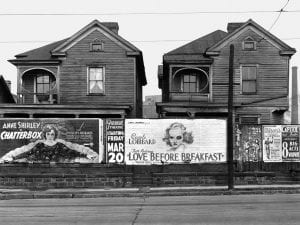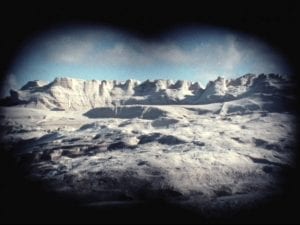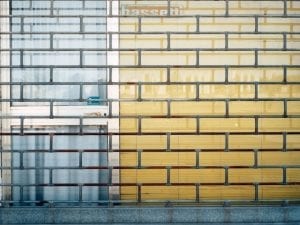Galerie Thaddaeus Ropac presents Erwin Wurm’s Lost, in its Paris Marais gallery space. The exhibition features Wurm’s latest works, in which materiality played a significant role throughout the different steps of their conception. Born in 1954, he lives and works in Austria.
During the 1990s, he attracted much attention with his One-Minute Sculptures, where, following the artist’s partly written and partly pictorial instructions, visitors could themselves briefly become sculptures by taking up often absurd poses, again frequently involving everyday objects – especially clothing – such as knitted pullovers, which frequently recur in his works. The profanity of objects is a central theme in Wurm’s oeuvre, which has included cucumbers, sausages and also cars and houses, in a wide variety of shapes and forms. One effect of this kind of subject matter is to evoke trust in the viewer, since these objects initially appear “familiar”.
Wurm’s work expresses the belief that the “substance” of things lies in their autonomous reality rather than in the actions of human beings, which may attribute meaning to them or attempt to wrest their physical secrets from them. His pieces are primarily developed in a correlation to the form of everyday objects. In the Lost series, it is significant that the works are derived from vintage furniture and objects. The fact that these can be placed in historical and social contexts evokes associations and emotions in the viewer of a “lost” time, a memory that can stand for the feeling of a whole era.
Wurm initially forms a clay model, which though based on a familiar object in form may vary greatly in size, adding an element of the surreal. The artist then leaves his own physical imprint on this model, for example by sitting on it or walking over it. Finally, it is cast into bronze or polyester, taking the materiality to the final, third level. The object has now been stripped of its purpose, properties previously seen as inherent have dissolved or mutated. A tension is created between the representation of the original everyday object, its deformation by the artist’s own body and the materiality of the work itself.
Erwin Wurm, Lost, until 5 March, Galerie Thaddaeus Ropac Paris, 7, Rue Debelleyme 75003 Paris.
For more, visit www.ropac.net.
Follow us on Twitter @AestheticaMag for the latest news in contemporary art and culture.
Credits
1. Erwin Wurm, Snow (Chaise Longue), 2015. Polyester, iron, acrylic paint41 x 180 x 77 cm (16,14 x 70,87 x 30,31 in). Courtesy of Galerie Thaddaeus Ropac Paris.





